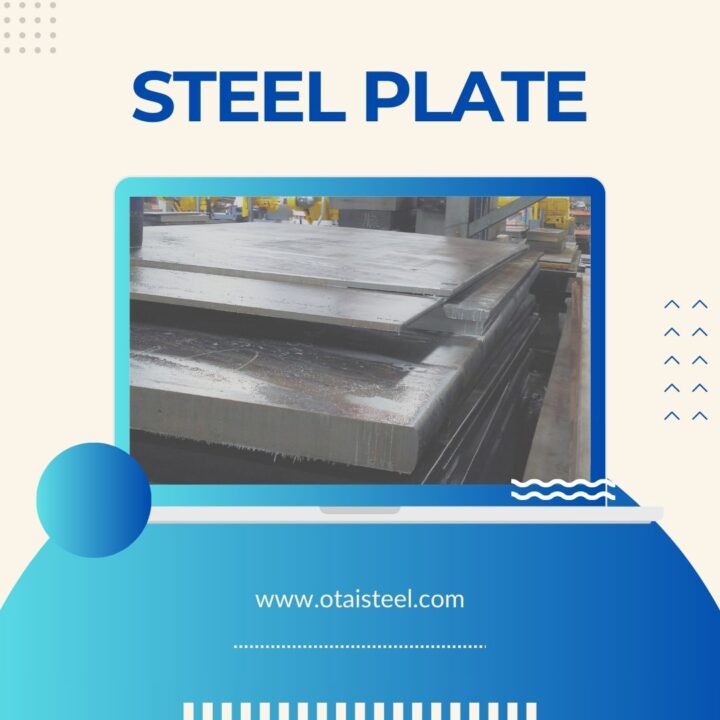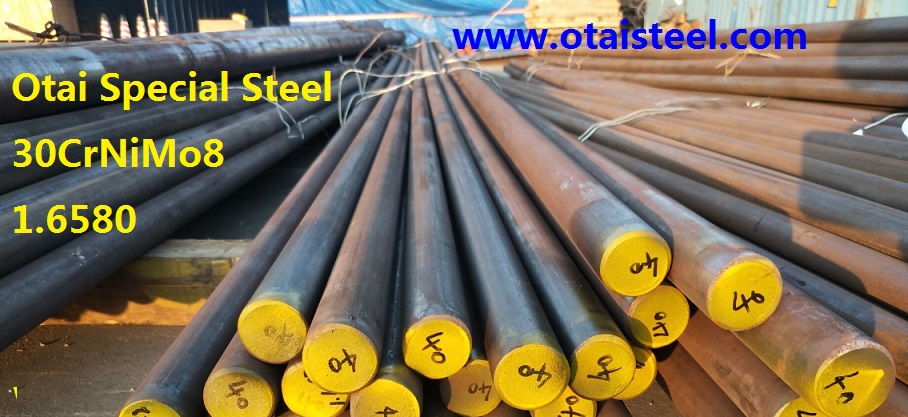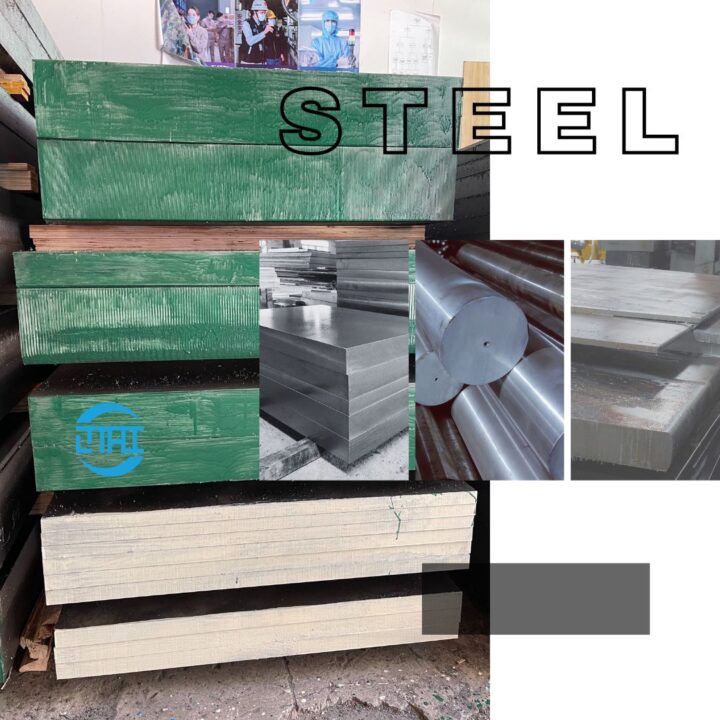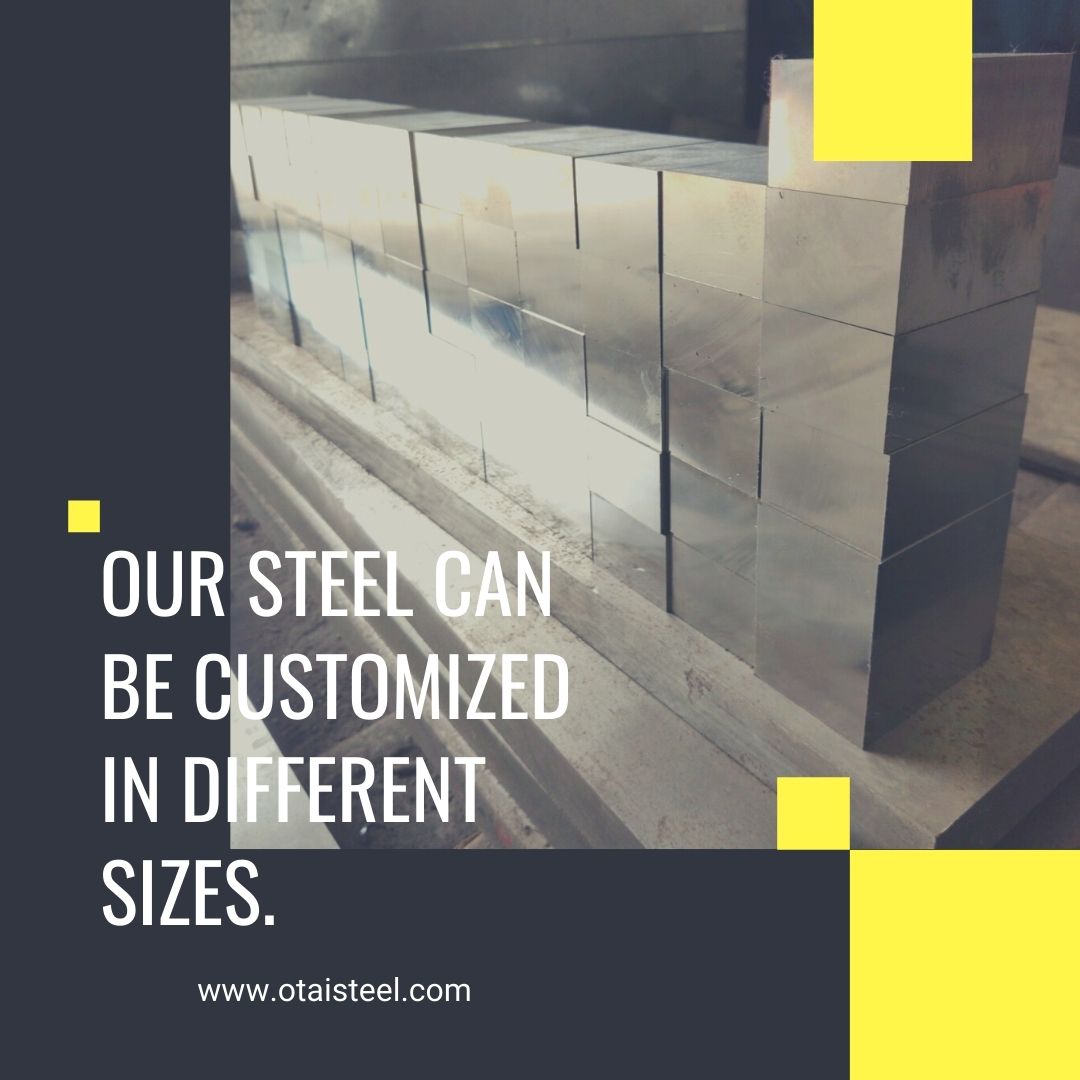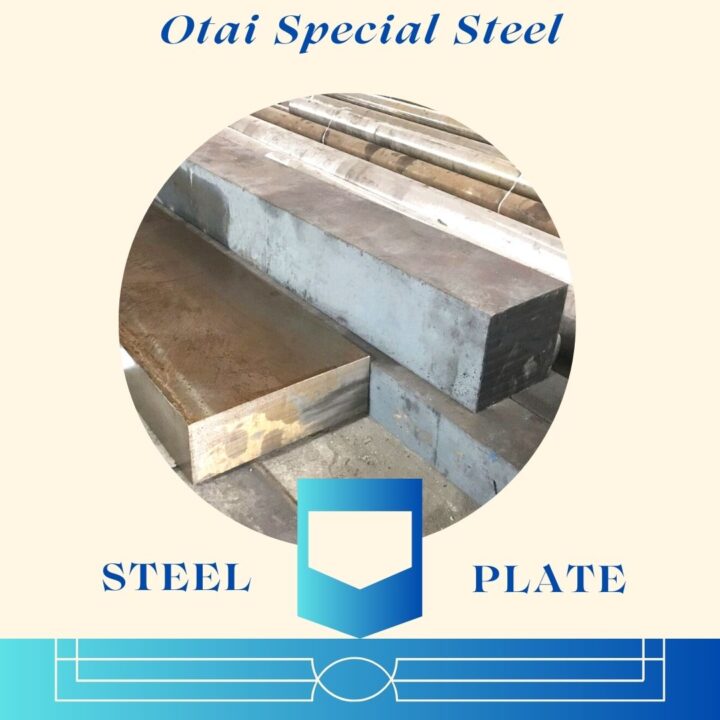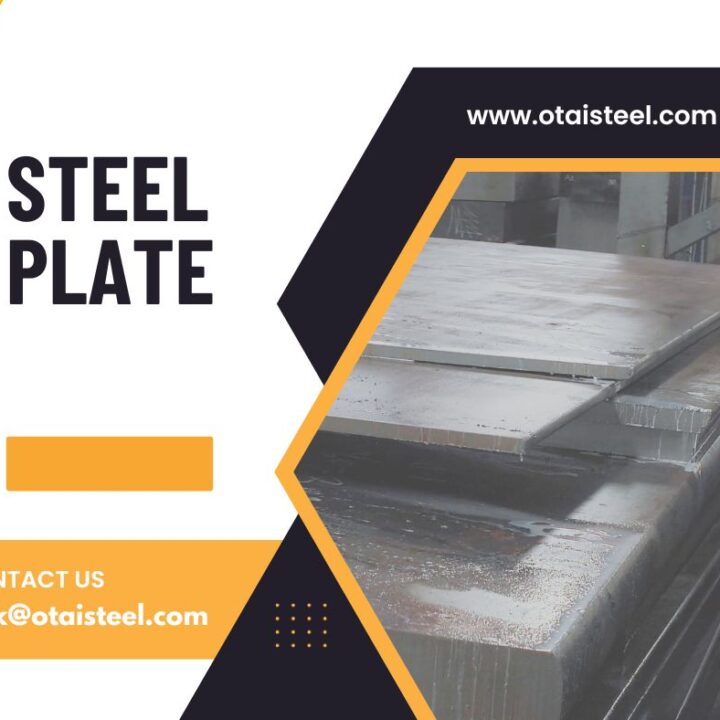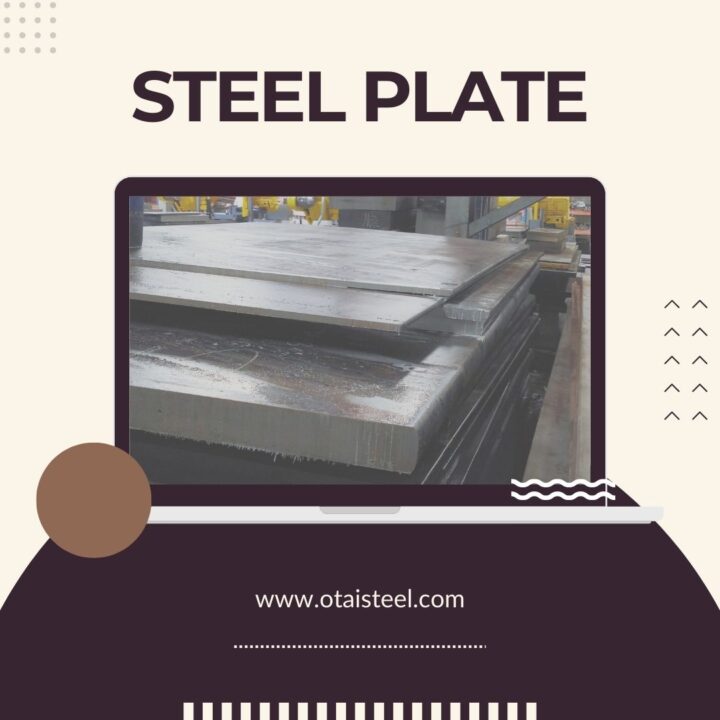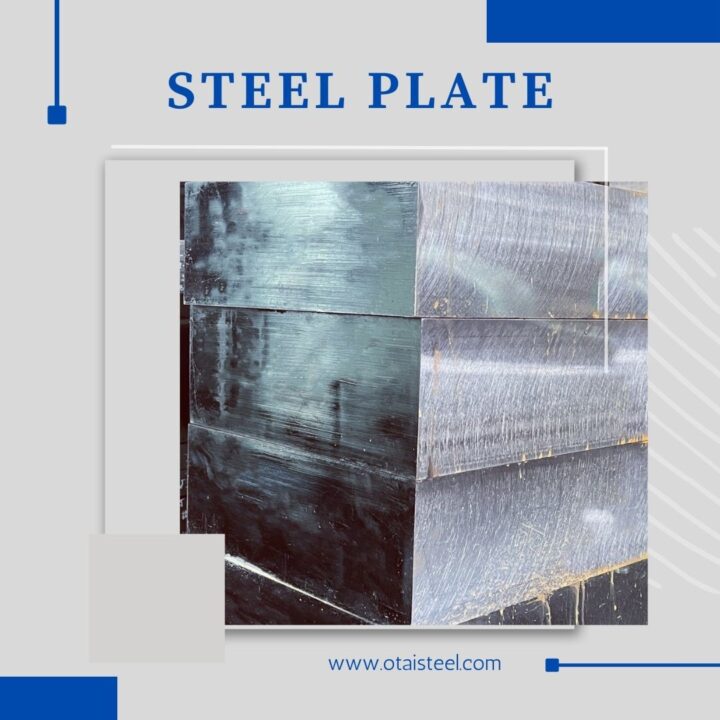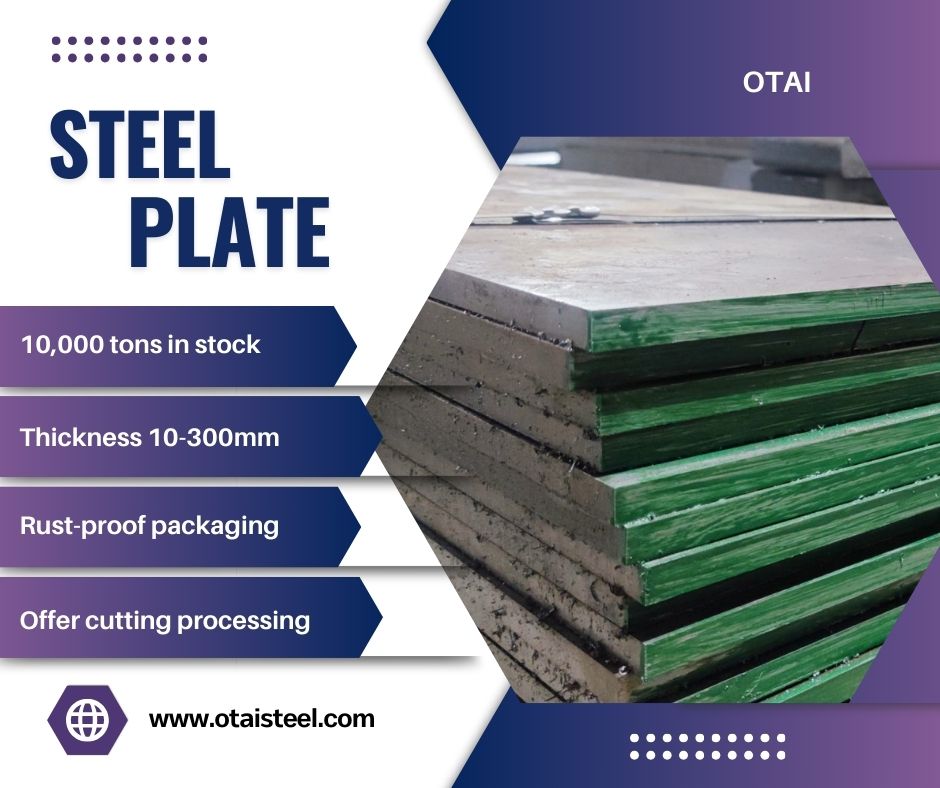 Comparison of O1 vs A2 Steel: Choosing the Right Alloy for Your Needs
Comparison of O1 vs A2 Steel: Choosing the Right Alloy for Your Needs
Introduction
Tool steels are integral to various industries, offering essential properties like hardness, toughness, and wear resistance. Two prominent alloys in this category are O1 vs A2 Steel, each with distinct characteristics suited for specific applications. This article explores the differences between O1 and A2 steel, helping you make informed decisions based on your tooling needs.
1. Understanding O1 Steel
- Properties of O1 Steel
O1 steel is a widely used tool steel known for its excellent machinability and dimensional stability during hardening. Its composition typically includes high levels of manganese, chromium, and tungsten, which contribute to its hardness and wear resistance. O1 steel is favored in industries requiring precise cutting tools and dies.
- Advantages of O1 Steel
One of the key advantages of O1 steel lies in its ease of machining and sharpening, making it ideal for intricate tool designs. It exhibits good dimensional stability during heat treatment, ensuring consistent performance in manufacturing processes.
- Successful Application of O1 Steel
In a recent project for a precision engineering company, O1 steel tooling components were crucial in achieving high accuracy and durability in production. The ability to maintain sharp edges and withstand repetitive use contributed significantly to operational efficiency and cost-effectiveness.
- Integration with OTAI’s Expertise
OTAI specializes in maintaining a substantial inventory of O1 steel, ensuring availability for immediate deployment. Our custom cutting services further enhance its suitability for diverse industrial applications, meeting specific client requirements with precision and reliability.
2. Exploring A2 Steel
- Properties of A2 Steel
A2 steel is renowned for its excellent combination of toughness and wear resistance, making it suitable for tooling applications that require prolonged use and resistance to chipping. It contains chromium and molybdenum, enhancing its hardness and corrosion resistance compared to O1 steel.
- Advantages of A2 Steel
The primary advantage of A2 steel lies in its superior toughness and ability to maintain cutting edges under demanding conditions. It is widely used in cold work applications where impact resistance and dimensional stability are critical, such as in stamping dies and forming tools.
- Real-world Example of A2 Steel Application
A leading automotive manufacturer adopted A2 steel for its stamping dies, achieving significant improvements in tool life and part quality. The enhanced wear resistance and toughness of A2 steel contributed to reducing downtime and production costs, reflecting its reliability in high-stress environments.
- Integration with OTAI’s Expertise
OTAI offers advanced packaging solutions that preserve the integrity of A2 steel during transport and storage. Our expertise in rust-resistant packaging ensures that A2 steel arrives in optimal condition, ready to perform in critical manufacturing operations.
3. OTAI’s Unique Selling Points
- Extensive Inventory and Custom Cutting Services
OTAI maintains a comprehensive inventory of both O1 and A2 steel, totaling 10,000 tons annually. This ensures prompt delivery and flexibility in meeting varying customer demands across industries.
- Advanced Packaging Solutions
We provide specialized packaging services including strapping, wooden crate packaging, and rust-resistant coatings. These solutions safeguard steel integrity during transit and storage, crucial for maintaining performance and longevity in industrial settings.
- Supply to Fortune 500 Companies
OTAI proudly supplies O1 and A2 steel to Fortune 500 companies worldwide, adhering strictly to technical specifications and delivery schedules. Our track record of customer satisfaction underscores our commitment to quality and reliability in every transaction.
4. Comparison Between O1 and A2 Steel
- Mechanical Properties Comparison
| Property | O1 Steel | A2 Steel |
|---|---|---|
| Hardness (Rockwell C) | 60-62 HRC | 60-62 HRC |
| Toughness | Moderate | High |
| Wear Resistance | Good | Excellent |
| Machinability | Excellent | Good |
| Corrosion Resistance | Low | Moderate |
- Machinability and Workability
O1 steel is easier to machine and sharpen due to its composition, whereas A2 steel requires more robust machinery but offers superior wear resistance over extended use.
- Cost Considerations
While A2 steel generally commands a higher price due to its enhanced toughness and wear resistance, the choice between O1 and A2 often hinges on specific application requirements and operational budgets.
5. Choosing the Right Steel for Your Application
- Factors Influencing the Decision
- Tool Complexity: For intricate designs requiring frequent sharpening, O1 steel’s machinability may offer advantages.
- Environmental Conditions: A2 steel’s corrosion resistance makes it suitable for applications exposed to moisture and chemicals.
- Budget and Longevity: Balancing initial costs with long-term durability and performance expectations is crucial.
2.Expert Recommendations
Based on extensive industry experience and customer feedback, OTAI recommends:
- O1 Steel: Ideal for precision cutting tools and dies where ease of sharpening and dimensional stability are paramount.
- A2 Steel: Suitable for applications demanding high wear resistance and toughness, such as stamping dies and forming tools.
Comparison of O1 vs A2 Steel: Choosing the Right Alloy for Your Needs
In conclusion, the choice between O1 and A2 steel depends on specific performance requirements and operational contexts. OTAI’s commitment to quality assurance, extensive inventory, and tailored solutions ensures that both O1 and A2 steel meet stringent industry standards and customer expectations. Whether you prioritize machinability and precision or durability and wear resistance, OTAI stands ready to support your tooling needs with expertise and reliability.
